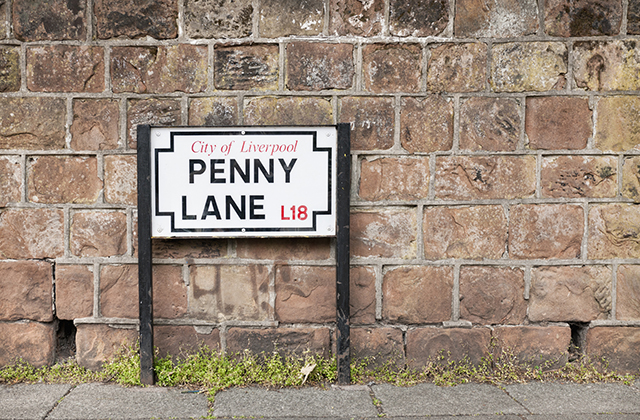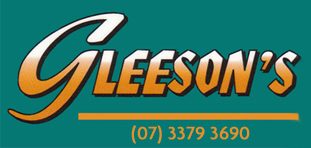
Smooth integration of signage both internal and external should be of paramount concern to all involved in a building or retro-fit project. Signage design, like architecture design, can be beset with unforeseen roadblocks that can derail/delay projects endlessly. As a designer I’ve appointed myself the designated oracle to address a handful of major issues that need to be addressed to avoid roadblocks and keep projects flowing smoothly. Absolutesignsolutions.com.au is a Signage Company specialise in signs Sydney manufacturing including illuminated signs, way finding, directional signs.
Exterior Signs Have Both Physical and Political Parameters
External signs have physical parameters and political parameters. Physical parameters are the structural limitations of sign placement and mechanics of the signage. Political parameters are the city/county/region/ landlord/building management requirements for the sign’s size and structural composition. Most of the political requirements are outdated and borderline obsolete. Sign permits can be costly and most sign permitting processes are byzantine. Landlord and building management design requirements also may not be consonant with city/county/region permitting requirements, so plan ahead by meeting with both building management personnel and governmental planners, and make time to address these situations at the beginning of your project.
Understanding Design Elements of Illuminated signs
99.9% of commercial signs use lettering. The vast majority use internally illuminated signs, and the vast majority of illuminated signs use letters by themselves. There are three main parts to an illuminated letter: an acrylic face (usually translucent), opaque “returns” (the sides of the letters) and “end caps” (small strips that connect the face to the return). The end caps and returns can be painted to match both materials and colors. The translucent faces can be faced with colored vinyl or painted. Perforated vinyls are available that can expose the color of the lighting at night, while appearing like the color of the face during the day (when the lighting is off). The lighting for the letters comes in two sources: LED lighting, which comes in a variety of basic colors, and neon, which is more brilliant in color, but more expensive to create and use.
All internally illuminated signs have to be supplied with power, which means access to power sources needs to be readily available. You should try to make the power sources and connections as visually non-obtrusive as possible. The size, candle-power, orientation, and number of building piercings are easily the biggest bones of contention with regulatory authorities and landlords.
Actual and Implied ADA Requirements
There are actual ADA requirements, and implied ADA requirements. Actual requirements are set in stone. They’re the law, but they’re also practical and easily applied. Implied requirements are things that aren’t “required” but should be used because they’re both practical and the right thing to do.
First some actual ADA signage requirements. These are mostly internal building issues, and they mainly involve wayfinding and informational signs. The requirements are straight-forward:
- The signs must have non-glare backgrounds and characters;
- There must be a lot of contrast between background and characters;
- Wayfinding signs must have easy to read typefaces (as defined by the ADA, functionally blind persons are assumed to be able to locate doors and signs adjacent to doors, so location designation signs aren’t included in this requirement);
- Both wayfinding/directional signs and and informational signs should use upper and lower case letters;
- Typeface strokes should be “medium” (defined as neither bold nor thin);
- Letter size is dictated by the distance from the reader to the sign;
- Signs high on walls or overhead must have at least 3″ (measured by the uppercase character ) characters;
- Tactile signs. Signs that identify rooms and spaces must have a tactile component. These signs are to be located on the wall adjacent to the door latch, with the center of the sign measured 60″ from the floor. It’s mandatory that tactile signs use uppercase characters in sans serif typefaces. The characters can be 5/8 to 2″ tall. Braille must be a part of the sign(s), and “Contracted Braille” (formerly called Grade 2 Braille) must be used. If pictograms are used to identify the space (e.g., gender pictograms outside a restroom), they must be in a six inch high clear field and accompanied by appropriate tactile characters and a braille label below the field.
ADA requirements are functionally smart and very practical. If you extrapolate the logic of ADA defined accessibility and safety into other areas of signage placement and usability your project will further benefit. For instance, it’s always best that locational and designational signage – even outside – be iconic and clear. A parking sign with the handicapped symbol, verbiage, and directional information reversed out of the standardized blue is a perfect example. Another example is installing a cane-rail around the base of a freestanding kiosk or sign. The rail is supposed to extend beyond the sign’s “external envelope” a specific small distance for safety purposes, but placing it at an optimum viewing distance and including it in your design system is a not only practical, it’s advantageous.
Wayfinding Signage
There should be a logic to signage placement in any environment, and placement of wayfinding signage should always follow that logic:
- Movement to the right is natural when entering a building;
- Consensus eye-level is just under five feet;
- A consistent system of both eye-level placement and sign color is a proven designation technique;
- The higher the sign, the bigger the sign and the shorter the message;
- Signs dividing large spaces should be high overhead and horizontally aligned, not stacked vertically;
- Any sort of directional arrow other than left/right/up/down should be 45 degrees to the left or right of vertical;
- The size of wayfinding signage implies importance;
- Freestanding directories or maps work best in the center of an area that faces the area being illustrated.
Digital Signage
Digital signage has a handful of basic physical parameters and one big cognitive hurdle. Physically, the screen’s size, bezel, and depth all have to be addressed when designing for digital signage. Because power needs to be supplied, access to a power source needs to be assured. I strongly believe in integrating the sign with the immediate environment in some way. There’s nothing more unattractive than a television hanging on a wall pretending to be a sign.
The jury’s out whether it’s preconditioning or pre-wiring, but a moving image attracts an inordinate amount of attention in any environment. Since that’s what makes digital signage categorically unique, placement and usage of digital signs should be very carefully thought-out, and a digital sign should be embedded somehow or included as part of a kiosk/touchscreen solution.
Needless to say, there are many issues I’ve left unaddressed, and I know every project comes with it’s own unique set of problems. One thing I can’t emphasize enough is the need to plan for the issues I’ve described above as early as possible in your design process. While the planning won’t preclude the unforeseen, it can at least soften the blow.
Article Source: http://EzineArticles.com/expert/James_Woods_Marshall/1321577
Article Source: http://EzineArticles.com/7001084
